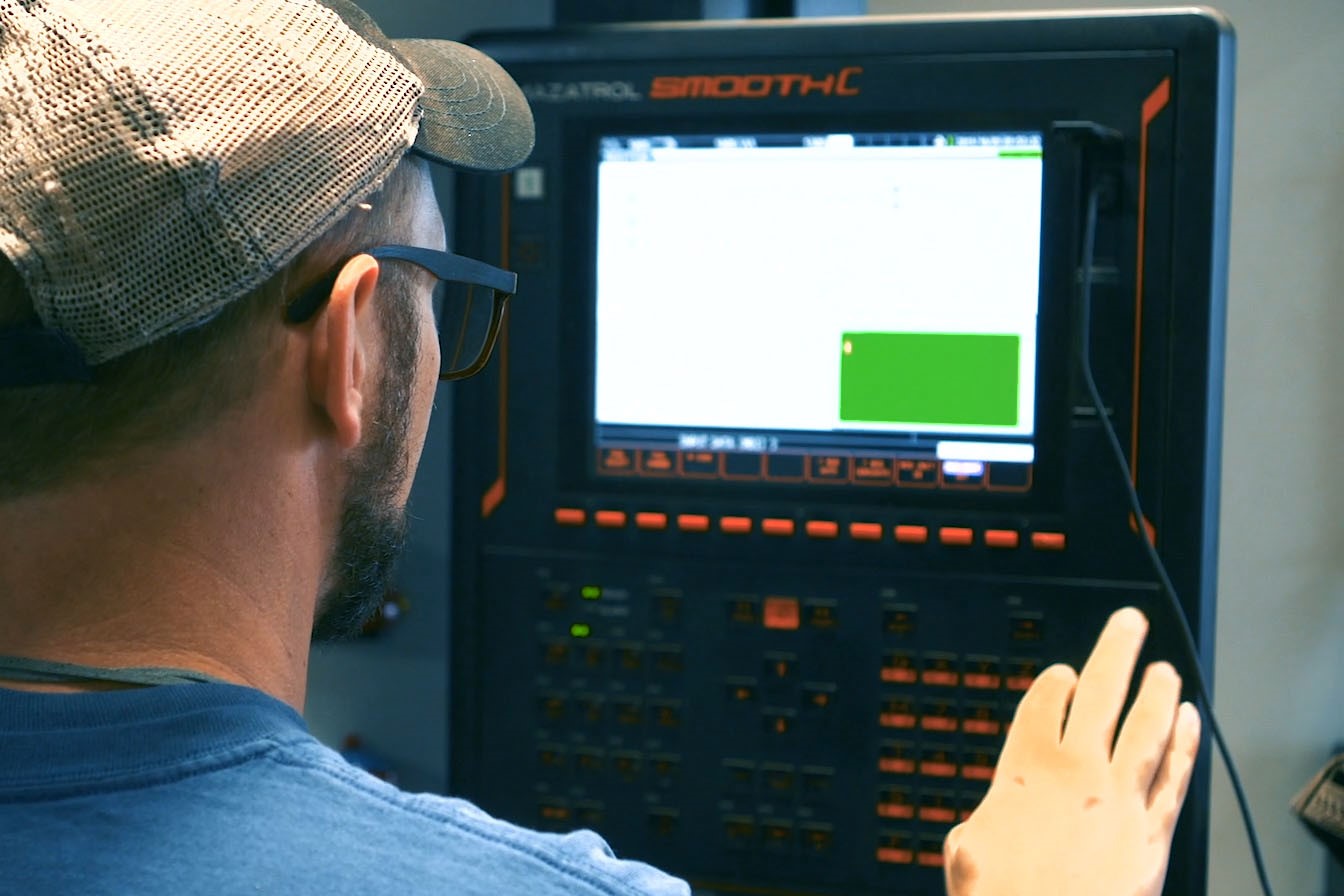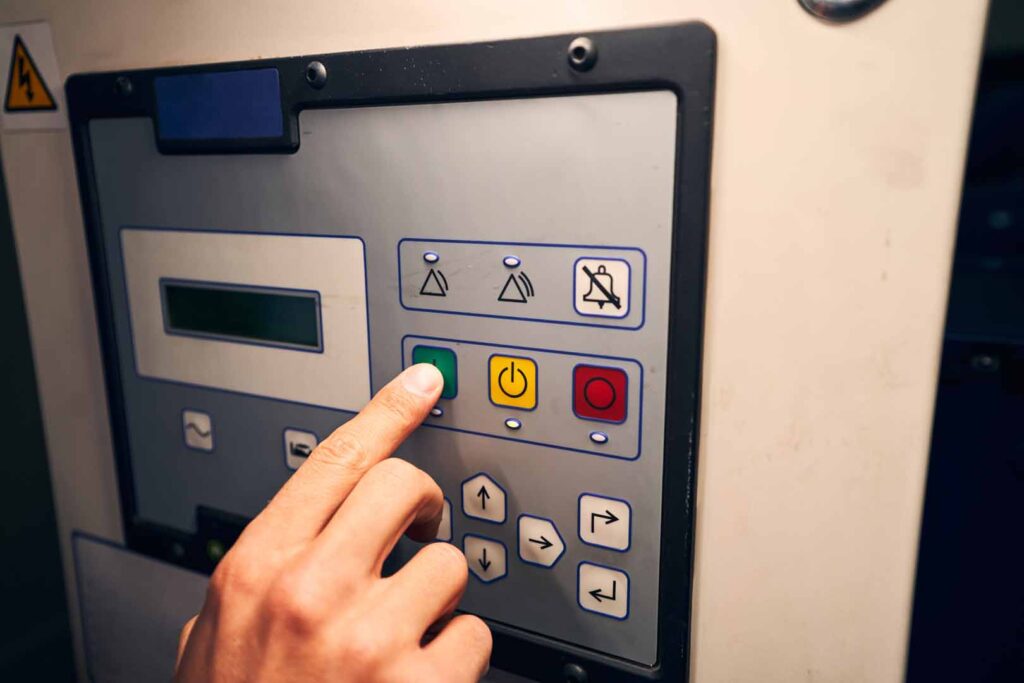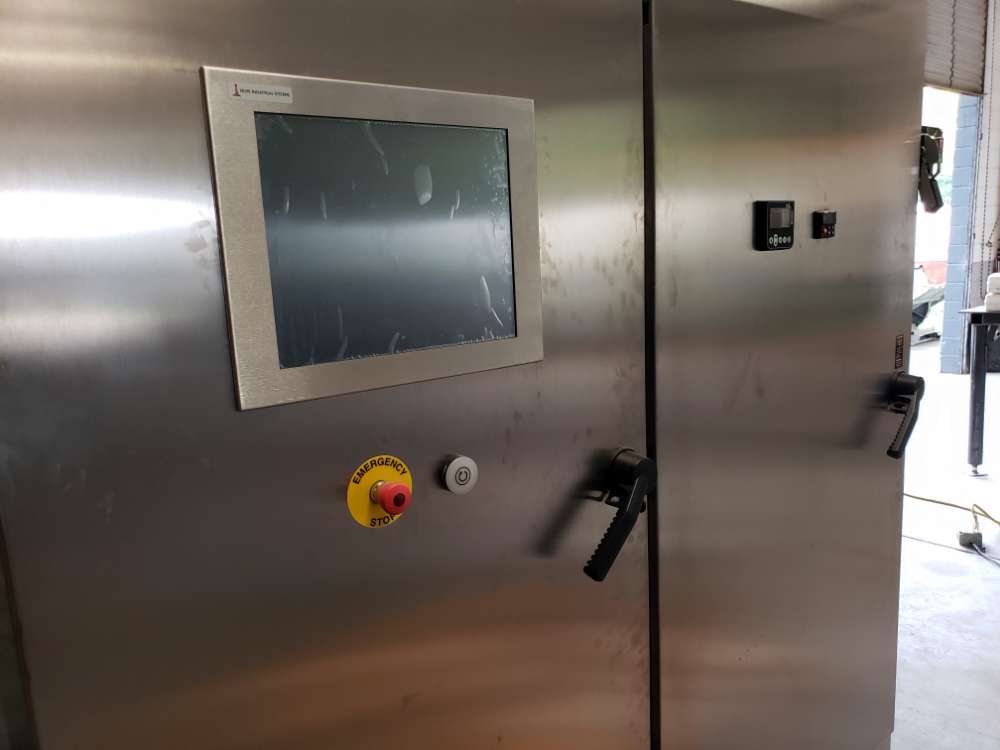
In modern manufacturing, the efficiency and safety of operations heavily depend on HMI screen design. A well-designed human-machine interface (HMI) enables operators to monitor and control systems with ease, reducing the risk of errors and improving overall performance. By presenting clear and actionable data, HMI screens play a crucial role in making informed decisions on the production floor.
Effective HMI design ensures that operators can quickly access important information, streamlining processes and increasing productivity. As manufacturing environments become more automated, the role of HMI screens grows in importance, allowing for safer, faster, and more accurate operations.
When designing HMI screens, one key factor to consider is situation awareness. Operators need to stay aware of the system’s current status to prevent issues and respond quickly to potential problems. A well-designed interface for control systems provides operators with real-time insights, helping them maintain complete awareness of the system’s operations.
Good HMI design helps reduce cognitive load for operators by organizing information logically and highlighting critical system data. This ensures that even in high-pressure situations, operators can quickly identify issues and make the necessary adjustments to keep processes running smoothly.
Effective HMI design requires a structured and thoughtful design approach to ensure it is both intuitive and functional. Without a clear plan, operators may struggle to navigate the system, leading to increased confusion and slower response times. A well-organized interface ensures that information is presented clearly, improving usability and reducing errors.
A poorly designed HMI can negatively affect crucial operations, leading to bottlenecks and missed opportunities for optimization. By taking a thoughtful approach to design, manufacturers can create systems that enhance productivity while ensuring safety and accuracy.

Display screens in HMI systems should use a graphic display to present critical information in a simple, easy-to-read format. Overloading the operator with too much data can lead to confusion, while too little information may not provide enough context to make quick decisions. The goal is to strike the right balance, offering clear visuals that highlight key data points.
By simplifying information and using graphical elements such as charts and gauges, HMI displays make it easier for operators to understand system performance at a glance. This approach improves both decision-making and response times, helping to keep operations running smoothly.
In any industrial setting, alarms and events must be displayed clearly to ensure operators can react quickly. An HMI should highlight urgent information and controls without overwhelming the user. This helps operators differentiate between regular updates and critical alerts that require immediate action.
For industrial operators, having well-designed alerts means faster responses to system issues. Configuring alarms properly ensures that key events stand out, helping operators maintain control of the situation and prevent costly downtime or damage to equipment.
Leveraging HMI systems effectively ensures smoother communication between operators and machinery. Clear communication protocols allow systems to transmit data and commands without delay, making sure information and controls are displayed accurately on the HMI screen.
This clarity of communication helps operators make informed decisions, ensuring that the right actions are taken at the right time. By using well-designed HMI screens, manufacturers can streamline operations and reduce the risk of errors due to miscommunication or unclear information.

The design of HMI hardware significantly influences the usability of screens of the HMI. Factors such as touchscreen responsiveness, button placement, and screen size all play a role in how easily operators can interact with the system. A well-designed hardware setup enhances the operator’s ability to navigate the interface efficiently.
Considering hardware features when designing HMI screens is essential to ensure seamless interactions. If the hardware doesn’t complement the software design, it can lead to frustration and inefficiencies, which negatively impact production processes.
Reliable HMI connections are vital for the proper functioning of the system, ensuring that data is transferred smoothly between machines and operators. Strong communication protocols ensure that the HMI remains connected to the control system without interruptions, allowing operators to stay informed and responsive to any changes.
Seamless HMI connections help prevent data loss and miscommunication, both of which can lead to downtime or inefficiencies in production. By ensuring reliable connections, manufacturers can maintain smooth operations and minimize disruptions. This is especially crucial in industries where real-time data and quick response times are critical, such as in the automotive or aerospace sectors.
Color coding is an effective tool in HMI screen design, helping operators quickly identify critical information. By using colors strategically, designers can highlight areas that require immediate attention, such as system errors or safety alerts, while keeping less important information more subdued.
When used properly, color coding enhances visual clarity and speeds up operator response times. However, it’s important to use colors consistently and avoid overloading the screen with too many shades, as this can lead to confusion and reduce the overall effectiveness of the design.

Poorly designed HMIs can lead to serious issues in industrial environments. When crucial tasks rely on clear communication and fast response times, a poorly organized interface can cause delays, errors, and inefficiencies. Overcrowded screens, confusing navigation, and unclear alerts are common mistakes in HMI design.
These pitfalls can slow down operations and increase the risk of accidents or equipment damage. By understanding the impact of poorly designed HMIs, businesses can prioritize user-friendly designs that help operators perform their jobs more effectively.
If you’re looking for expert HMI screen design solutions, PEC is here to help. Our team has extensive experience in creating human-machine interface (HMI) systems that optimize control systems for safety, efficiency, and ease of use. We work closely with your team to design HMI systems tailored to your specific needs.
With PEC, you’ll have access to top-tier HMI solutions that improve your operations and streamline processes. Let us help you achieve better performance, enhanced safety, and faster decision-making with our expertly designed HMI systems. Reach out to us today to get started on your HMI solution.